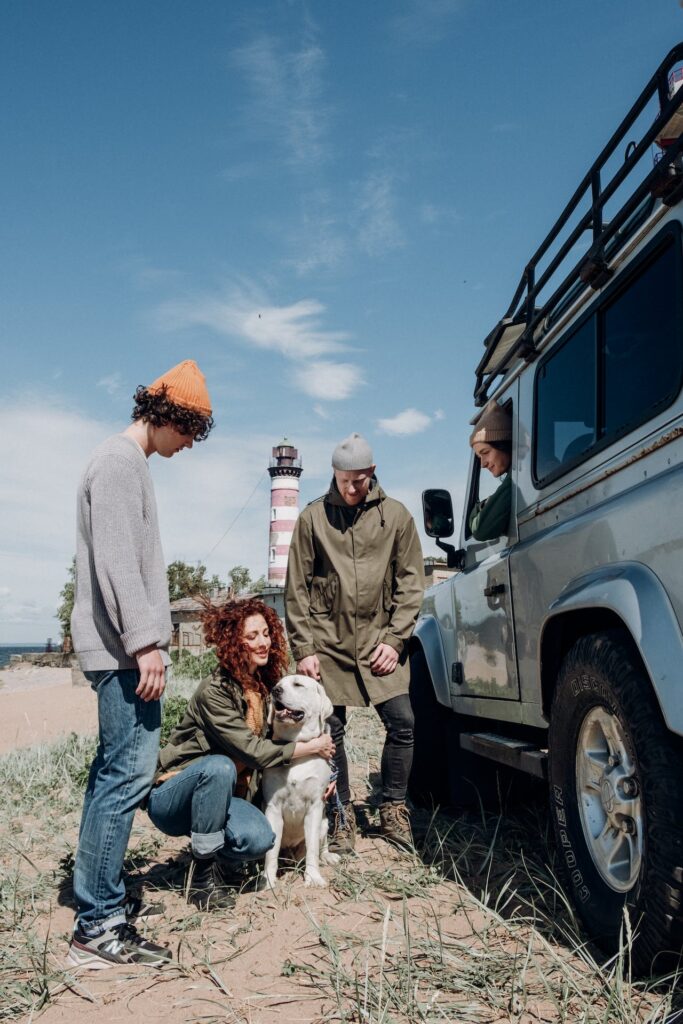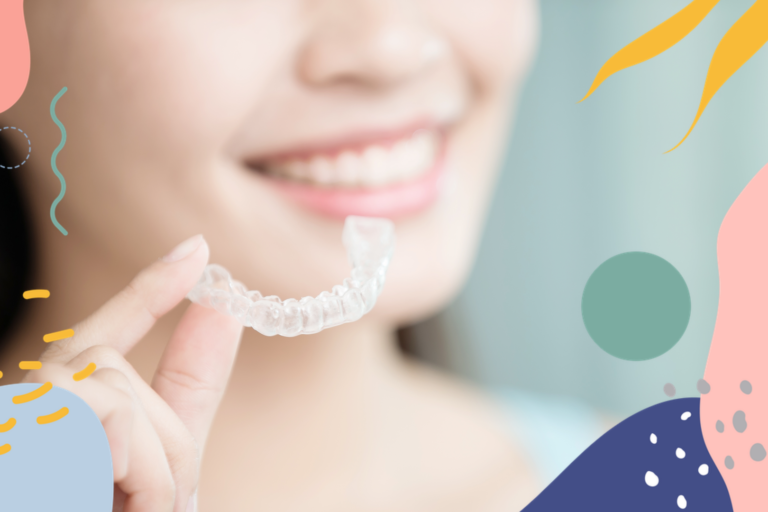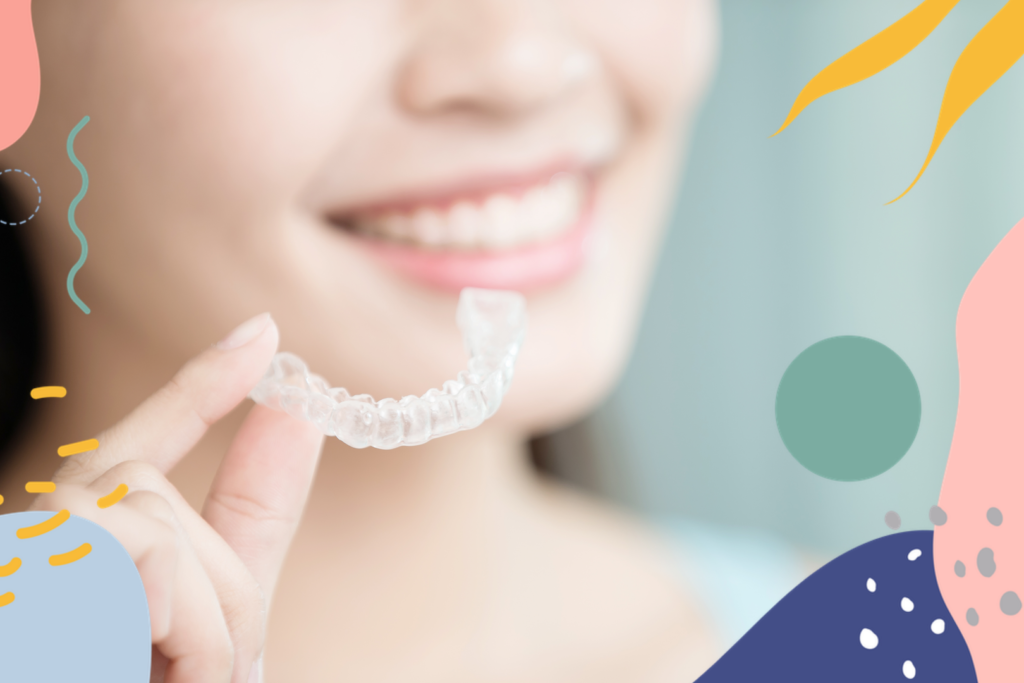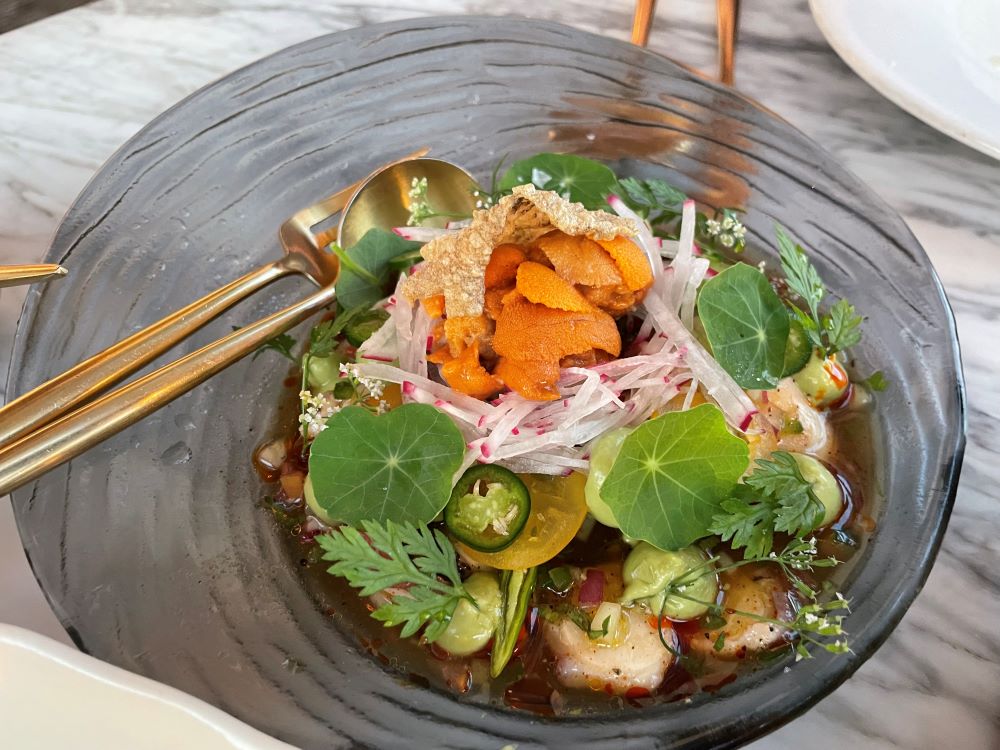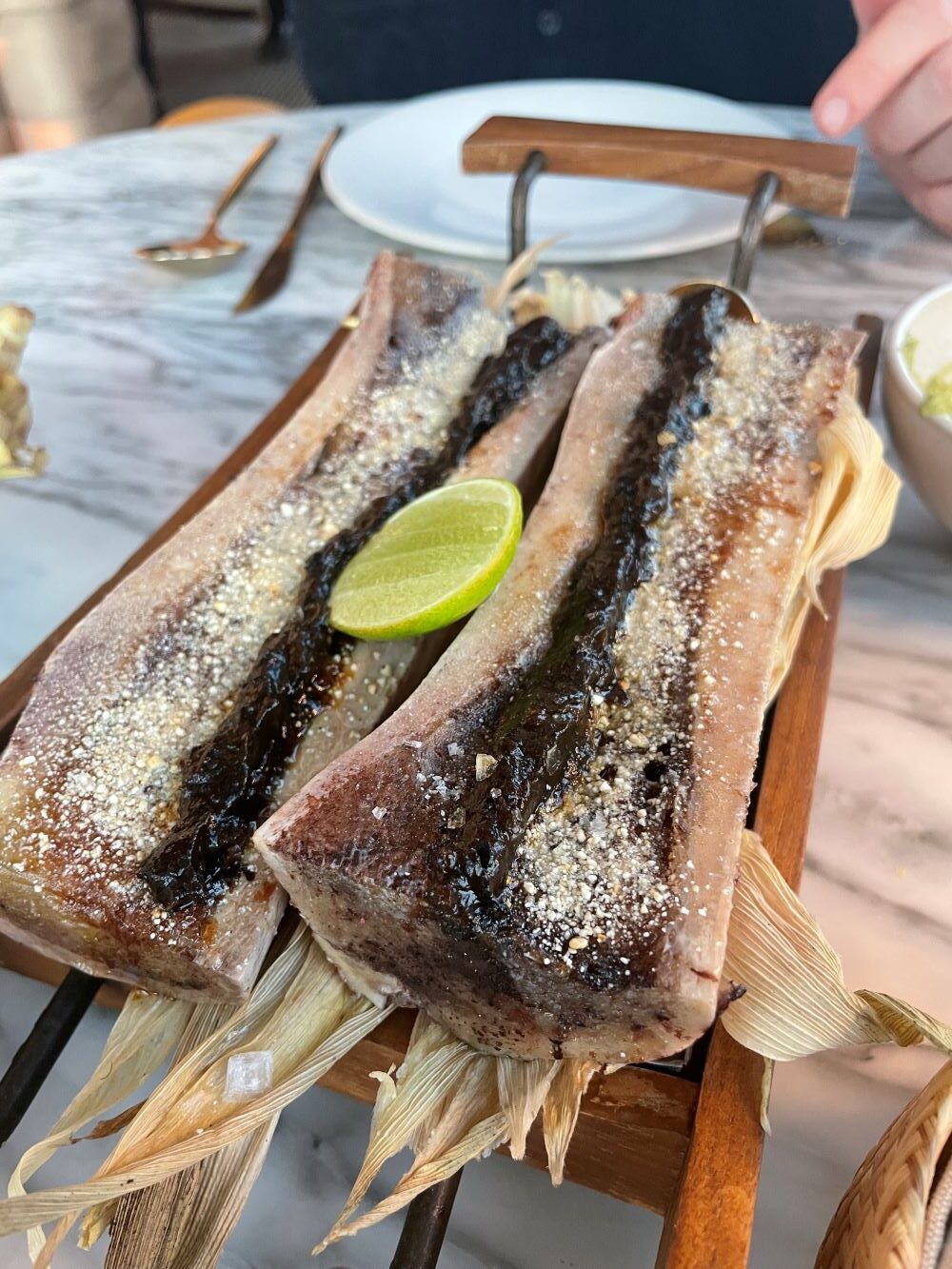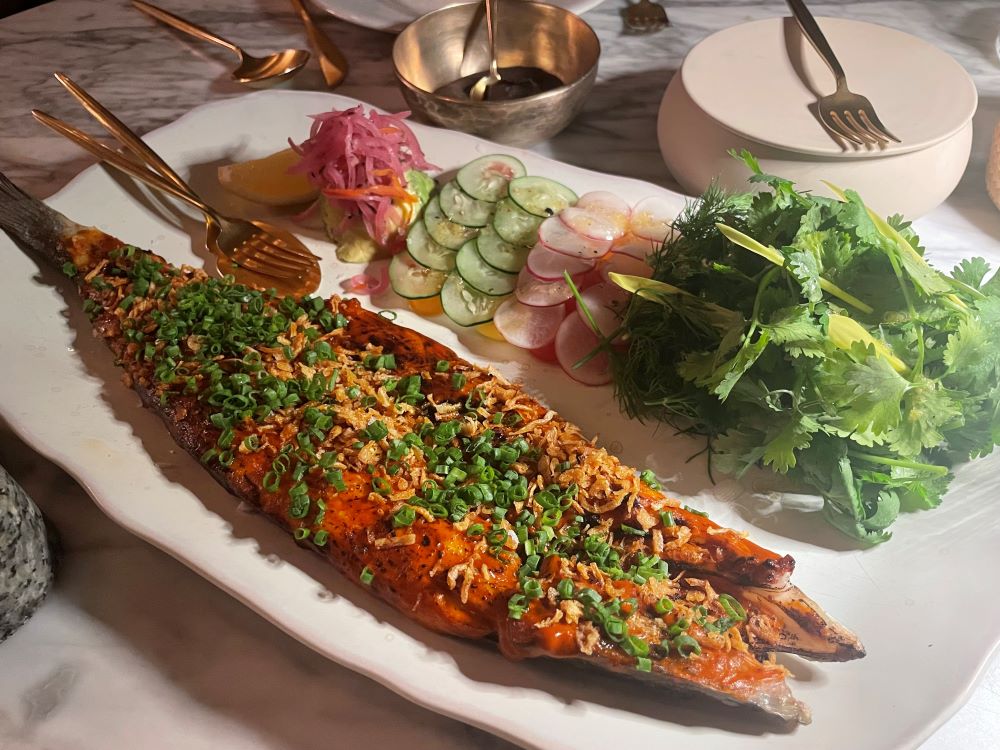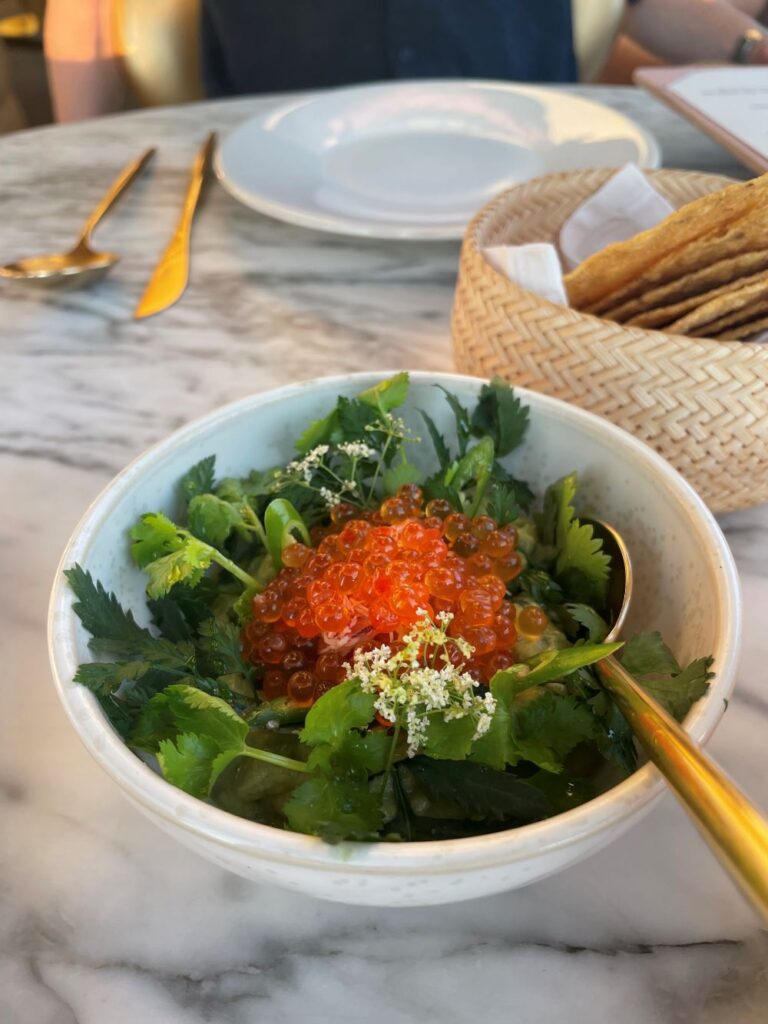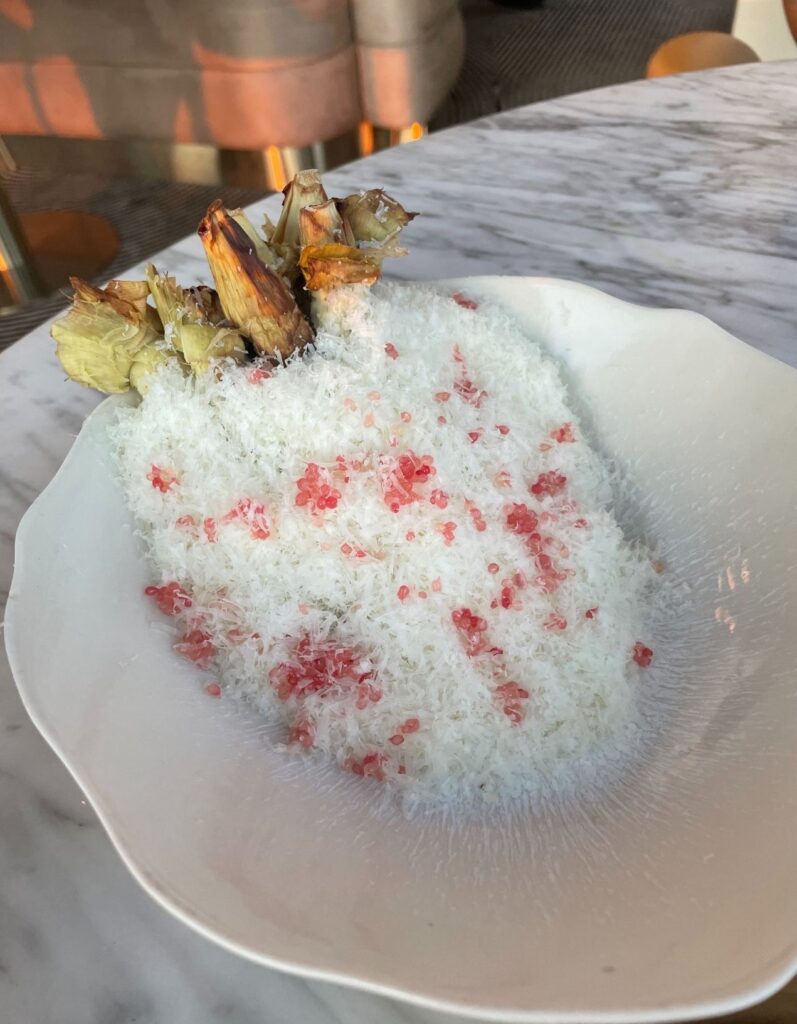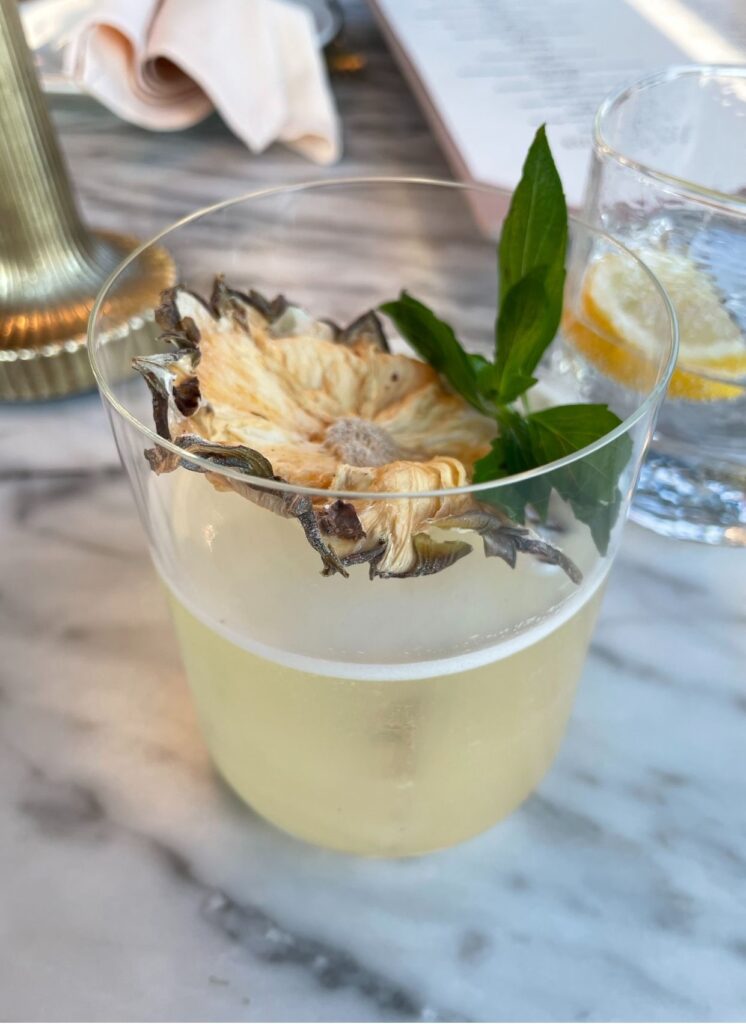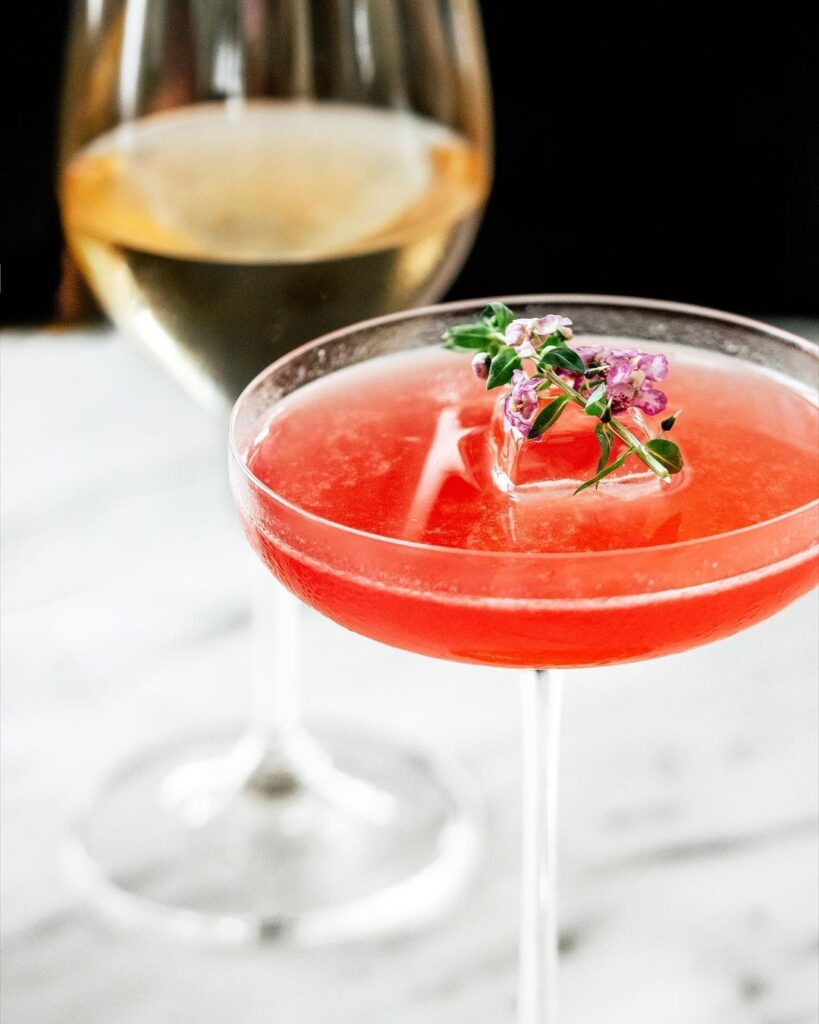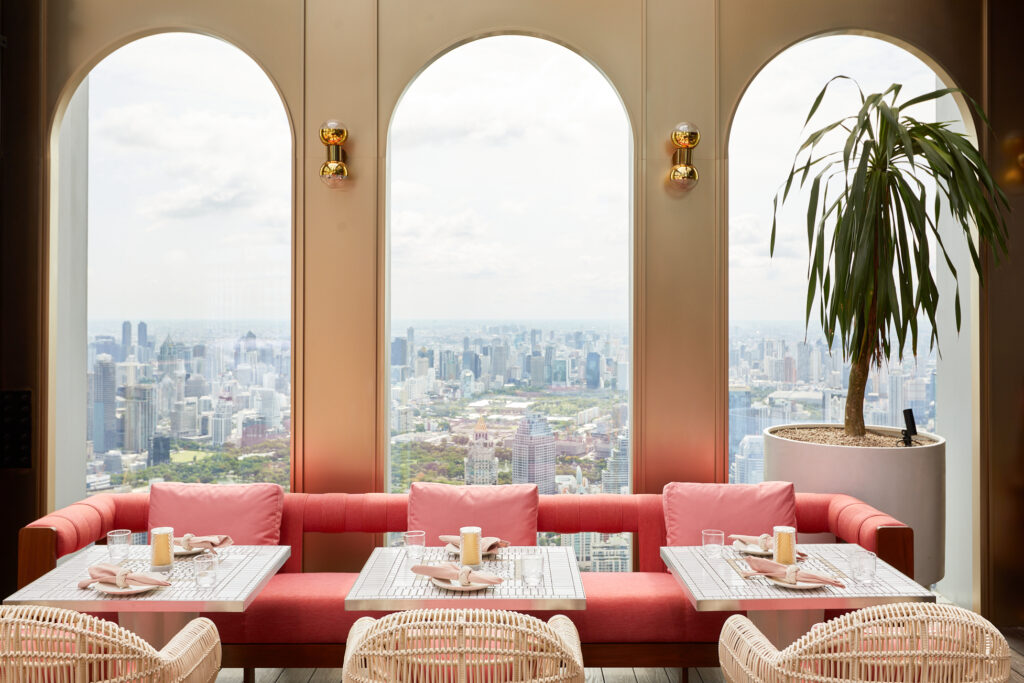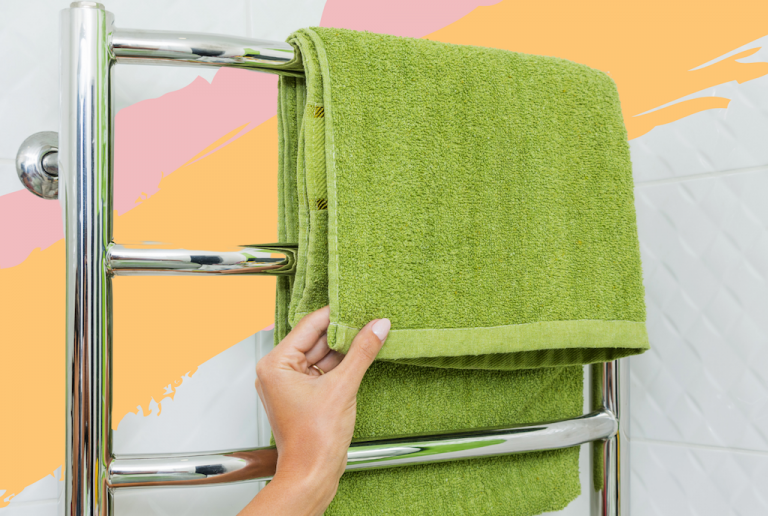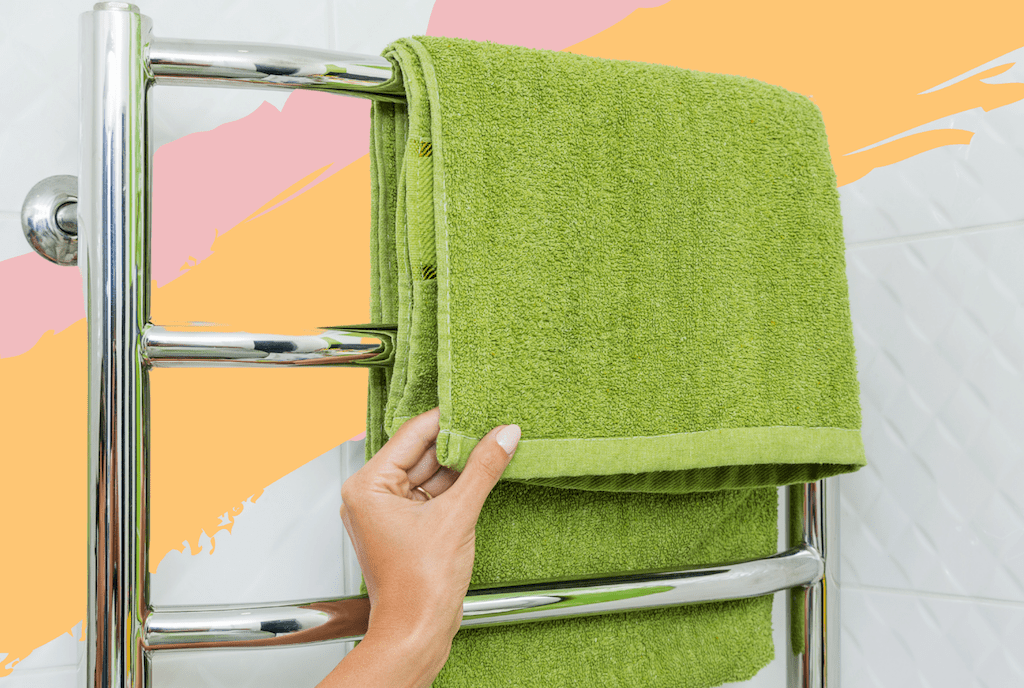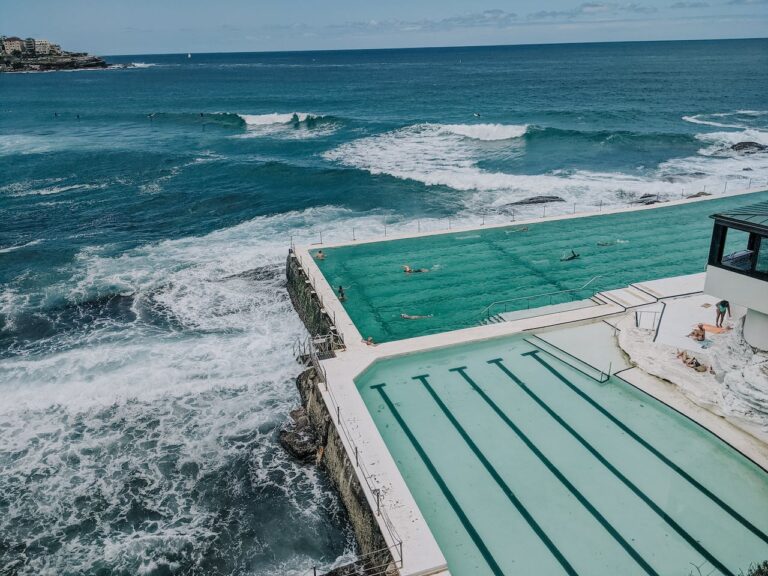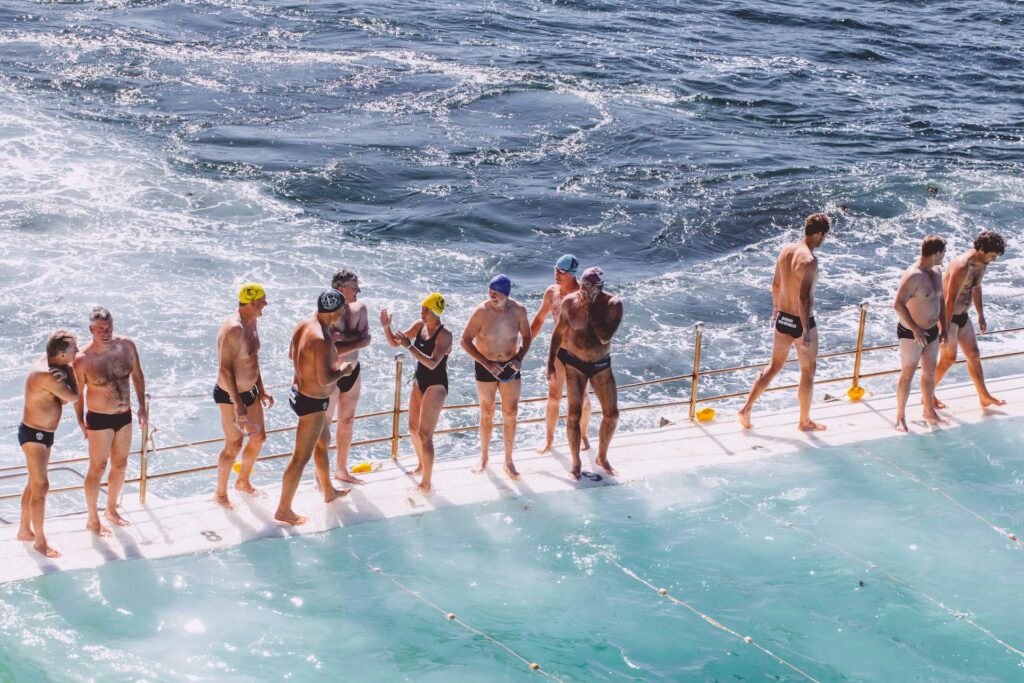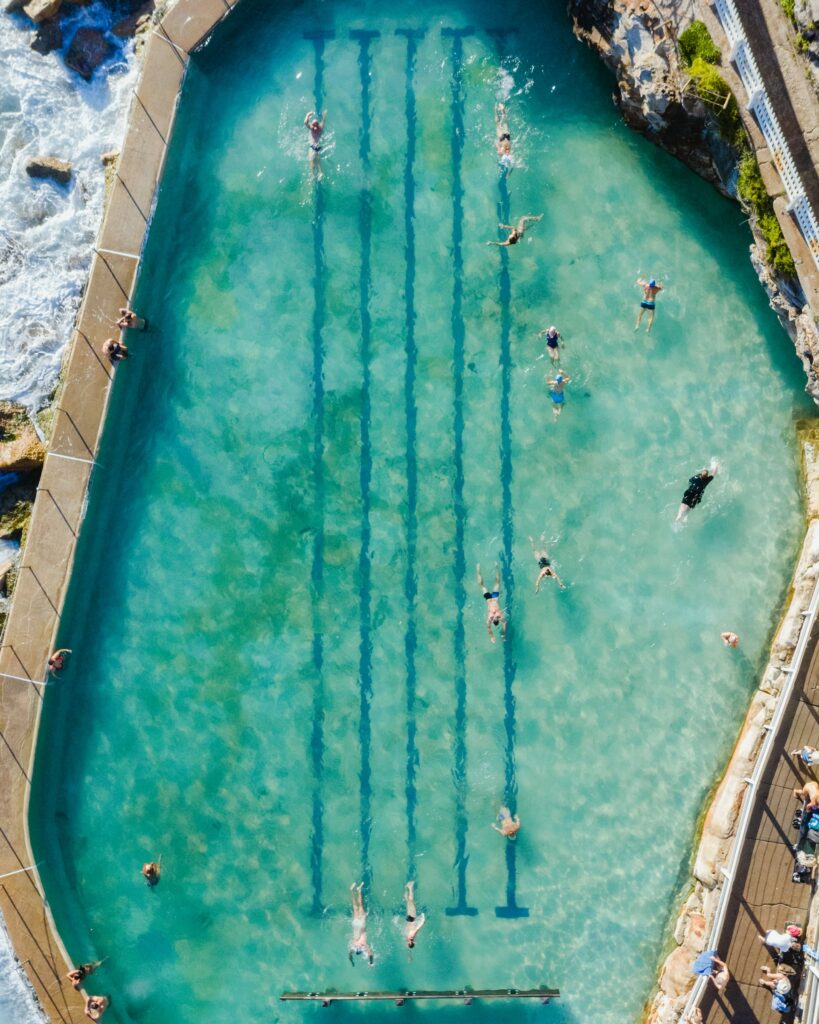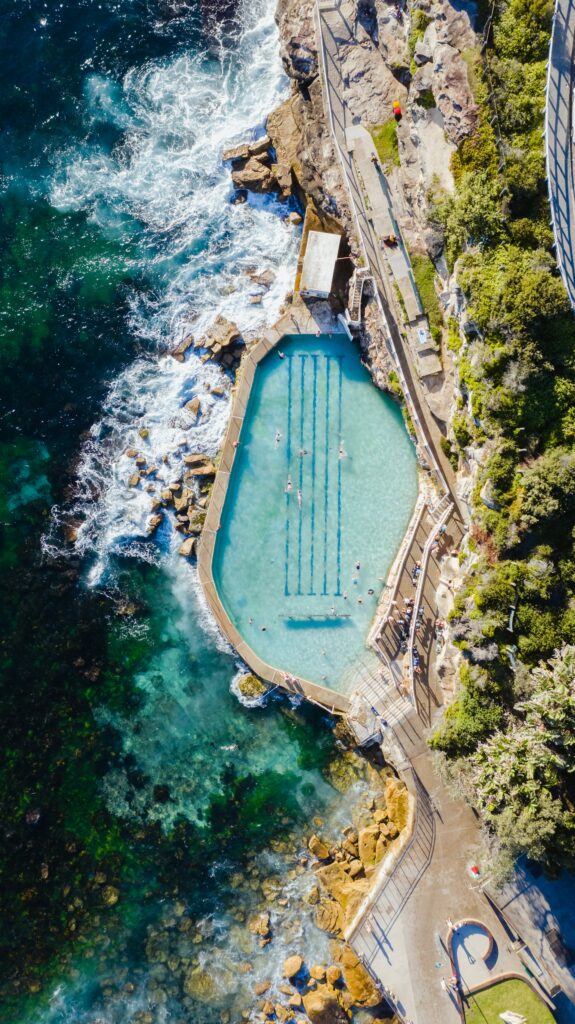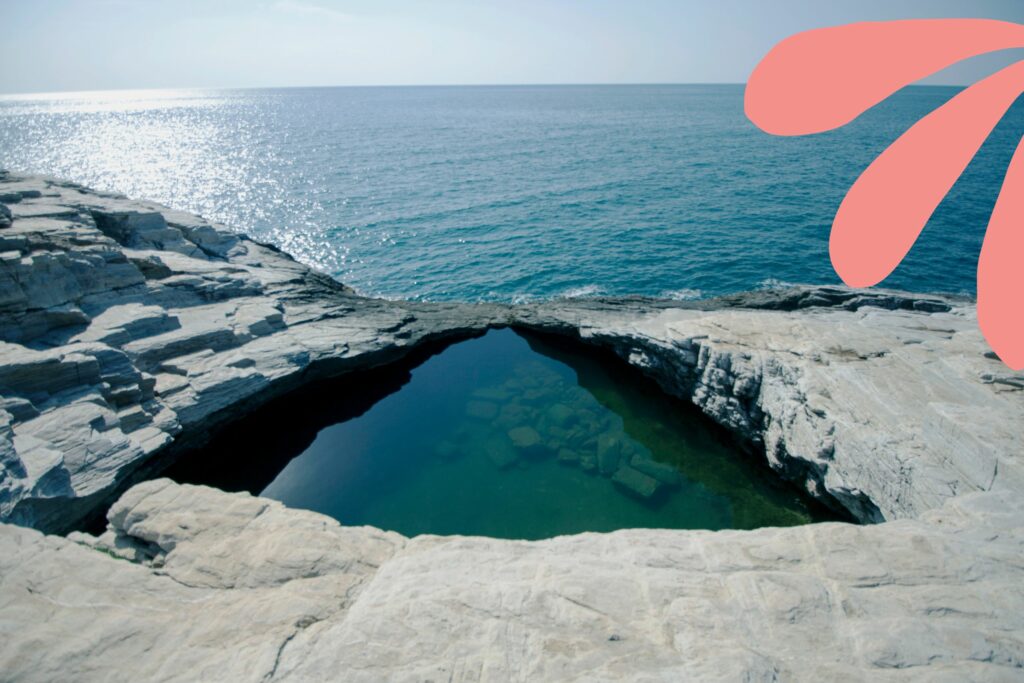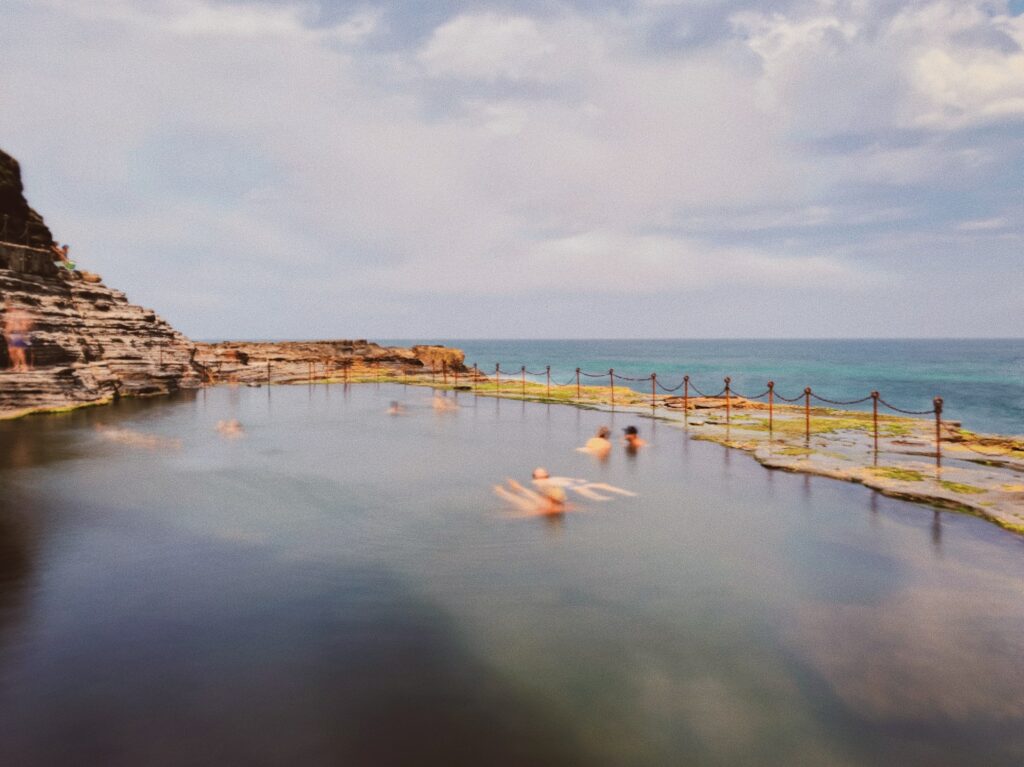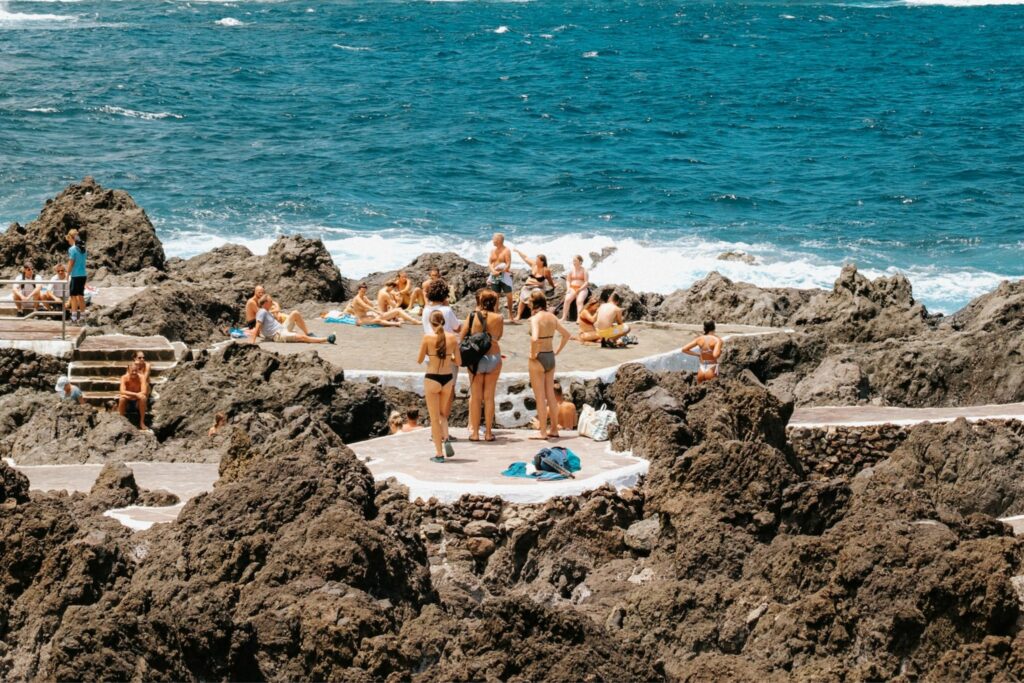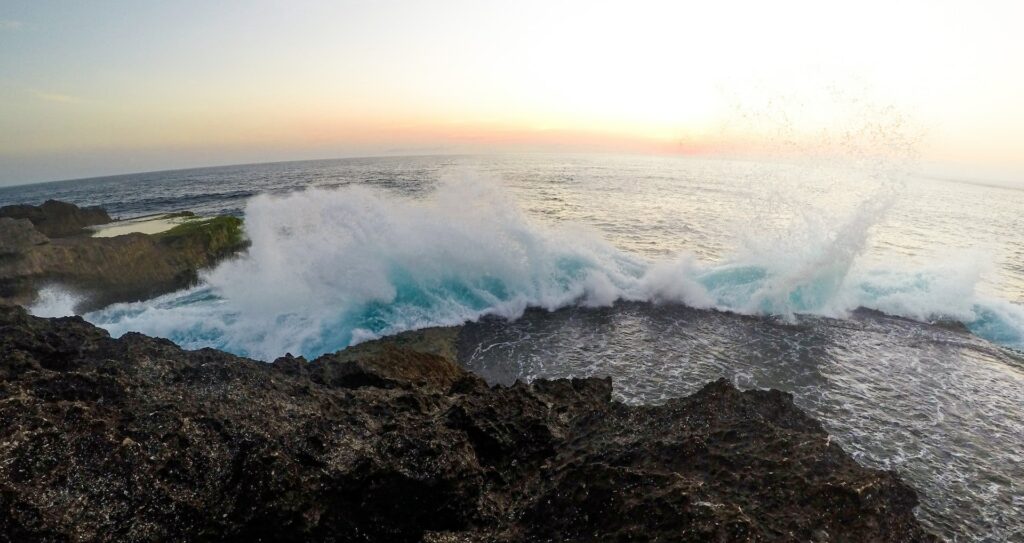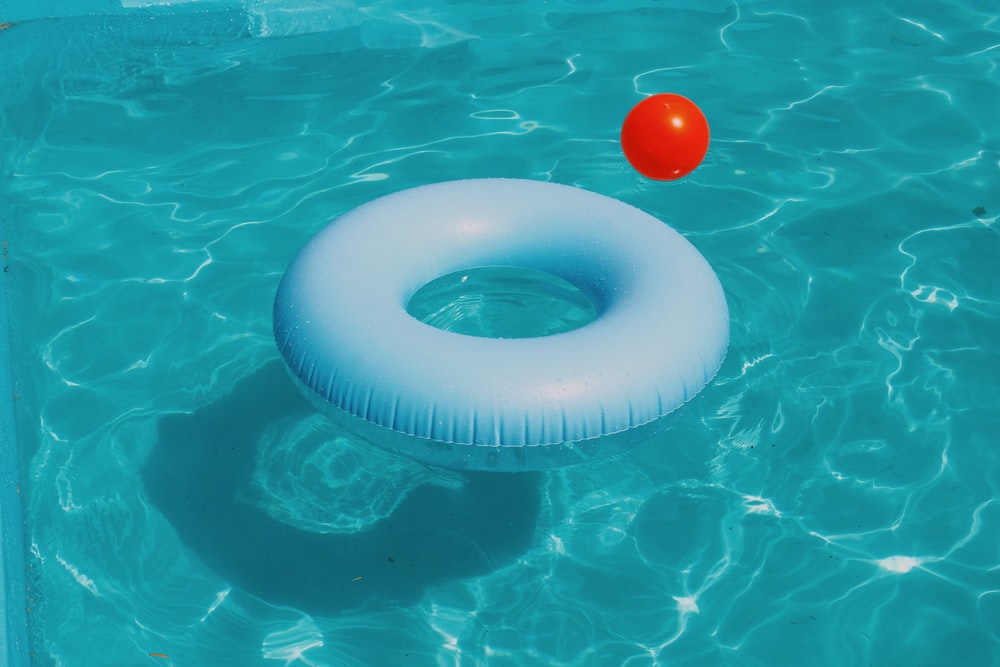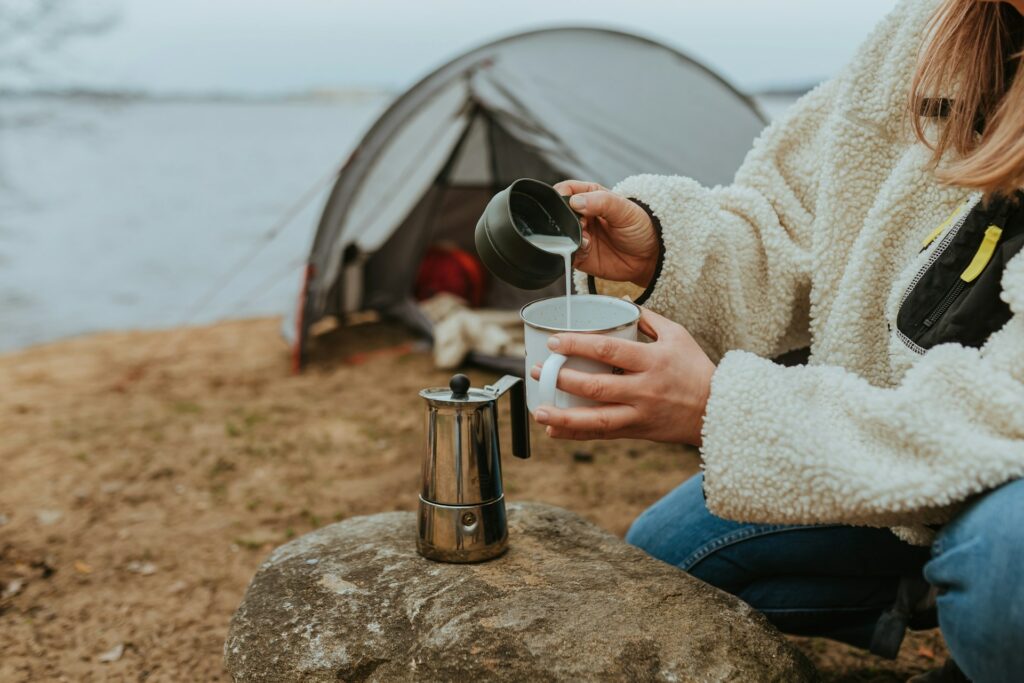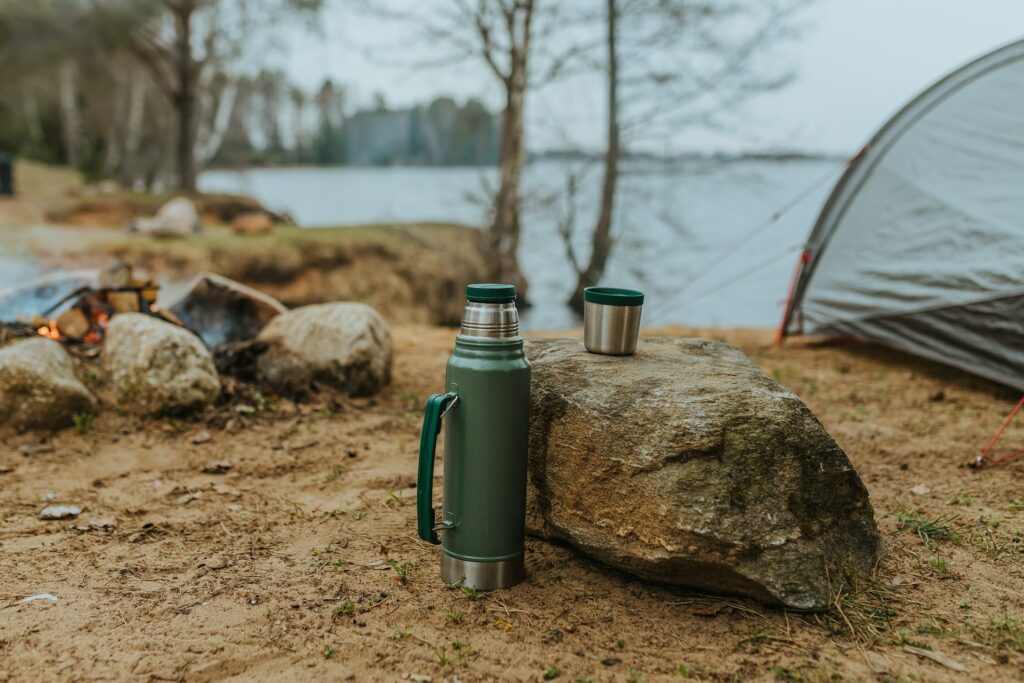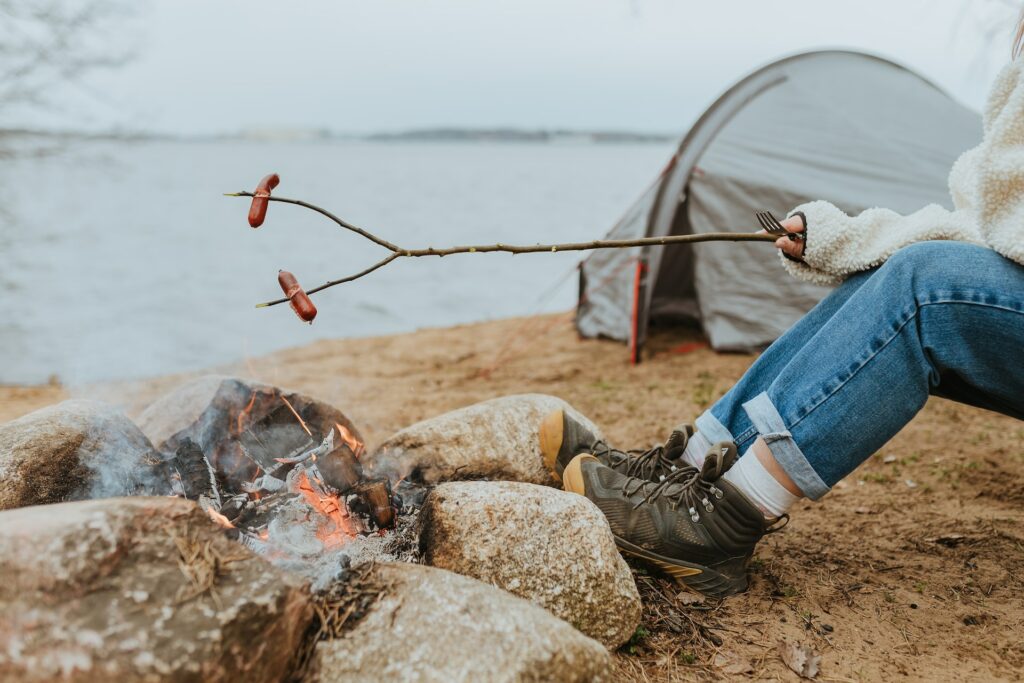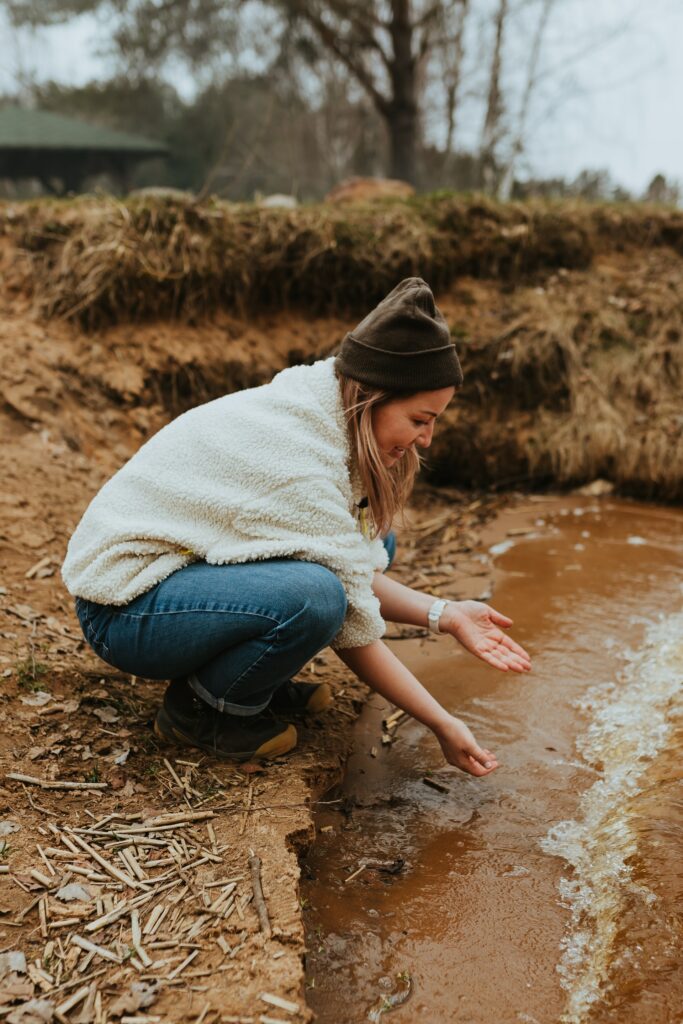As we prepare to turn the page on 2023 (hey, perhaps we chuck the whole damn book in the fire?) and step into the uncharted territory of 2024, it’s time to rethink our approach to wellbeing. With that in mind, here are 21 fresh and fulfilling resolutions to inspire your journey towards a healthier, more vibrant you.
1. Embrace The Art Of Doing Nothing
In our fast-paced world, doing nothing can feel like a luxury. This year, make time for purposeful idleness. Or, as it was deemed recently, going ‘goblin mode’. Whether it’s staring out the window, daydreaming, or simply sitting in silence, give yourself permission to just be.
2. Dance Like Nobody’s Watching
Cliché alert! Who said exercise has to be a chore? Turn up your favourite tunes and dance like nobody’s watching. It’s a fun, liberating way to get your heart pumping and your body moving.
Read: How to find new motivation for exercise
3. Take The Plunge
Ice baths, once the preserve of athletes, are gaining popularity for their potential health benefits, including improved circulation and recovery after exercise. If you’re up for a challenge, take the plunge and try an ice bath. Remember to consult with a health professional before starting any new health practices.
4. Make Friends With Your Neighbours
In our digital age, it’s easy to overlook the people living right next door. This year, make an effort to connect with your neighbours. Whether it’s a friendly hello, a shared cup of tea, or a neighbourhood gathering, fostering a sense of community can greatly enhance your wellbeing.
5. Adopt A ‘One New Thing A Month’ Rule
Keep life interesting and your mind engaged by adopting a ‘one new thing a month’ rule. It could be trying a new recipe, learning an instrument, visiting a new place, or reading a book on a topic you know nothing about. It’s a fun way to keep learning and growing throughout the year.
6. Become A Culinary Adventurer
Instead of focusing on diets, become a culinary adventurer. Explore new cuisines, experiment with unfamiliar ingredients, and discover the joy of creating and savouring meals that nourish your body and soul. Why not try a new recipe from a different cuisine every week?
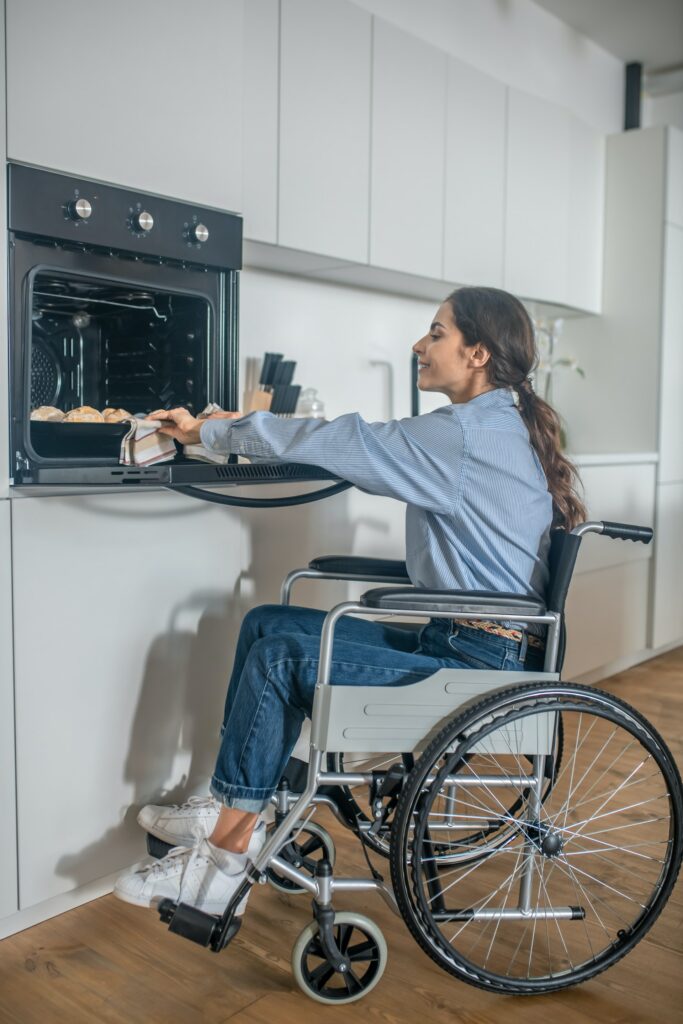
7. Sleep Under The Stars
Quality sleep is essential, but who says it has to be indoors? Whenever you can, sleep under the stars. It’s a magical way to connect with nature and reset your internal clock.
8. Hydrate With Herbal Infusions
Drinking water is important, but it can get boring. Spice things up by exploring the world of herbal infusions. They’re a tasty way to stay hydrated and can offer a host of health benefits.
9. Start A Compliment Exchange
Positive relationships are key to wellbeing. Start a compliment exchange with your loved ones. It’s a simple way to spread positivity and strengthen your bonds.
10. Listen To Your Body’s Whispers
If something feels off, don’t wait for it to start shouting. Listen to your body’s whispers and consult your GP if something is worrying you. Whether it’s getting your eyes tested, attending regular private testicular cancer screening, or arranging to get that nagging pain in your back seen to, it’s a proactive approach to health that can make all the difference.
11. Start A ‘Good News’ Journal
Gratitude is powerful, but let’s take it a step further. Start a ‘Good News’ journal where you record positive news stories from around the world. It’s a reminder that even in challenging times, there’s a lot of good happening.

12. Create A Personalised Soundtrack
Music has the power to uplift, soothe, and inspire. This year, create a personalised soundtrack for your life. Choose songs that make you feel good, motivate you, or simply bring a smile to your face.
13. Try Laughter Yoga
Laughter is the best medicine, and laughter yoga combines the power of laughter with the benefits of yoga. It’s a unique, fun way to boost your mood and reduce stress.

14. Cultivate An Indoor Herb Garden
Bring the farm to your kitchen by cultivating an indoor herb garden. It’s a delightful way to add fresh flavours to your meals and may (but probably won’t, honestly) also improve indoor air quality.
15. Master The Art Of Power Napping
Power naps can boost your mood, alertness, and creativity. Learn to master the art of power napping and give yourself permission to recharge during the day.
Read: 6 IDEAL reasons you should nap more often

16. Experiment With Fermented Foods
Fermented foods are a powerhouse of probiotics that can boost your gut health. Experiment with making your own sauerkraut, kimchi, or kombucha at home.
17. Learn A New Dance Style
Dance is a wonderful way to express yourself and stay fit. Next year, learn a new dance style. Whether it’s salsa, tap dance, or belly dancing, let your body move to a new rhythm.
18. Start A Book Exchange Club
Reading can expand your horizons and reduce stress. Start a book exchange club with your friends or neighbours. It’s a fun way to discover new books and share your favourites.

19. Try Forest Bathing
Forest bathing, or shinrin-yoku, is a Japanese practice of immersing oneself in nature and soaking in the forest atmosphere. It’s a unique way to connect with nature and reap its therapeutic benefits.
20. Practice Mindful Eating
Mindful eating is about savouring your food and being fully present while you eat. It can enhance your enjoyment of food and help you tune into your body’s hunger and fullness cues.
21. Create A Vision Board
A vision board is a powerful tool to visualise your goals and aspirations. Create a vision board for your health and wellbeing goals. It’s a fun, creative way to stay motivated and focused on your journey.
The Bottom Line
As we continue our journey into 2024, let’s embrace these unique resolutions and create a year filled with health, happiness, and unexpected adventures. Here’s to a vibrant, fulfilling 2024!






